
More local history museums of Georgia. Borjomi Local History Museum.
The Borjomi Local History Museum is located in an unusually beautiful building in the Gothic style. The museum has many departments, among them there are archeological, historical and ethnographic and local history departments. Within the walls of the museum are stored bronze necklaces, weapons, a collection of money, personal belongings of the Romanovs and much more.
Address: Borjomi, St. Nino Street, No. 5
The museum is located in a Gothic-style building erected in 1890 according to the design of the German architect Vladimir Schweyer, who represented the administration of the Borjomi estate of the viceroy of the Russian Emperor in the Caucasus, Grand Duke Mikhail Romanov. The museum was founded in 1926.
The Borjomi Museum of Local History consists of archaeological, historical-ethnographic and local history departments, as well as exhibits of applied art. It houses a unique bronze necklace and weapons (II-I millennia BC), a diverse numismatic collection (V century BC - XX centuries), personal belongings of the Romanovs: dishes of European and Asian production, works of fine art, the total number of which exceeds 37 thousand.
The history of the unique mineral waters of Borjomi spans many centuries. In 1912-1913. The remains of the oldest bathhouse of the 1st century in the form of small pools were excavated. The date of discovery of Borjomi mineral waters of modern times is considered to be 1810.

The archaeological exhibition of the museum presents a clay sculpture of a man, dated to the 6th-4th millennia BC, which experts consider a sign of the transition to the culture of early land use. At the very beginning of the exhibition, the culture of the so-called Middle Bronze Age is widely represented, to which the complexes exhibited in the museum belong.
These objects were found in burials and belong to the 3rd-2nd millennia BC. In this era, gold and silver bracelets, bronze weapons, and black polished ceramics are already found. Particular attention is drawn to the finely crafted bronze buckles. Due to their highly cultural qualities, such buckles attracted the attention of lovers of antiquity in the last century, and therefore Georgian finely crafted buckles are stored not only in the collections of museums in Georgia, but also in London and New York.
The applied arts department presents the best examples of art, original items made of porcelain, crystal, faience, terracotta, clay, bronze, copper, wood and other materials, which were made in various countries of the world: Germany, France, Italy, England, China and other countries. The exhibition presents a model of a glass factory furnace. In Georgia, modern glass production was first organized in Borjomi in 1830. In addition, materials reflecting the history of the mineral water bottling plant in 1894-95, a model of the building and others are presented.
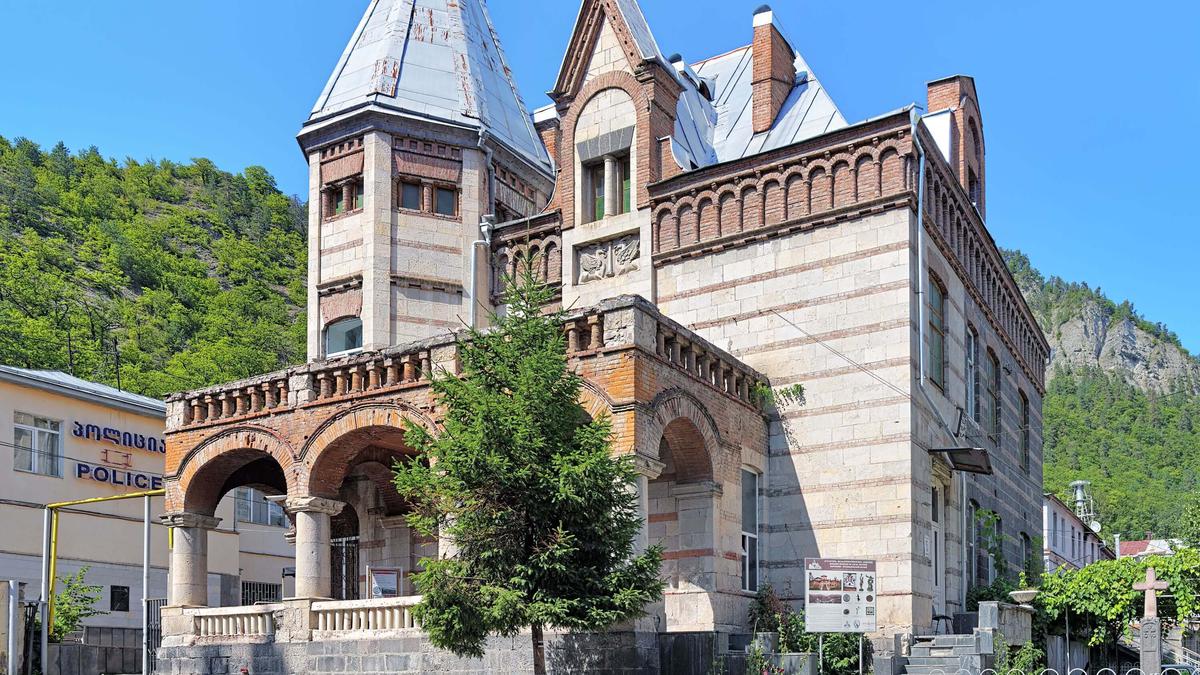
Borjomi Museum of Local History, Located in Borjomi, Georgia, it occupies a Gothic-style building built in 1890 by the German architect Vladimir Schweyer. This building was built to manage the affairs of the Borjomi estate of the Viceroy of the Russian Empire in the Caucasus, Grand Duke Mikhail Romanov. The museum was founded in 1926 and currently consists of several departments, including archaeology, history and ethnography, and local history. It also has an applied arts department and houses a huge number of interesting exhibits. One of the most significant exhibits of the museum is a clay sculpture of a man, dated to the 6th-4th millennia BC. This artifact is a sign of the transition to a culture of early land use. The museum also houses a unique bronze necklace and weapons from the 2nd-1st millennium BC, a diverse numismatic collection (5th century BC – 20th centuries), as well as personal belongings of the Romanovs: European and Asian tableware, works of fine art, the total number of which exceeds 37 thousand.
In the halls of the museum, you can also find later exhibits, such as collections of things from the 18th-20th centuries. Among them are items made of glass, ceramics, metal and fabric. In the applied arts department, you can find many original items made of porcelain, glass, bone, horn and other materials. These exhibits demonstrate the skill of the artisans of Georgia and neighboring regions.
Although the Borjomi Museum is primarily known for its archaeological collection, it also presents the rich and diverse history of modern Georgia. In the museum, you will find exhibits dedicated to the culture and traditions of the peoples who inhabited this land, from ancient times to the present day. One of the most interesting exhibits in the Borjomi Museum is the collection of items related to traditional Georgian cuisine. Here you will find not only ancient dishes and utensils, but also recipes that have been passed down from generation to generation.
The museum also features a unique collection of national costumes that reflect the culture and customs of different regions of Georgia. Costumes from different eras and styles, including traditional wedding dresses, allow visitors to gain a deeper understanding of the diversity of this amazing country.
Another interesting part of the Borjomi Museum is its collection of folk crafts such as embroidery, weaving, ceramics, and pottery. These traditional crafts are still preserved in Georgia, and the Borjomi Museum displays not only the finished products, but also the techniques and tools used to create them.
In addition, the Borjomi Museum is home to various collections of national clothing, jewelry, and handicrafts. Here you can see rare examples of traditional Georgian costumes and jewelry that date back to different historical periods.
The museum also features exhibits dedicated to the culture and way of life of the Georgian people. Visitors can learn about traditional holidays and rituals, music, dances and religion of Georgia. For example, the museum features exhibits dedicated to the Christian cult, such as icons and crosses.
In addition, the Borjomi Museum has a rich collection of paintings and sculptures created by Georgian artists and sculptors. These works of art reflect the different styles and techniques used in Georgian art.
Finally, the Borjomi Museum offers visitors the opportunity to learn about the nature and geology of the region. The museum features exhibits dedicated to the mountain landscape and animals that live in the Borjomi Gorge. This makes the Borjomi Museum a unique place where you can get a complete picture of the culture and nature of Georgia.
--------------------------
We are always happy to hear from our readers and answer their questions. So feel free to leave them under our articles! Your opinion is important to us.





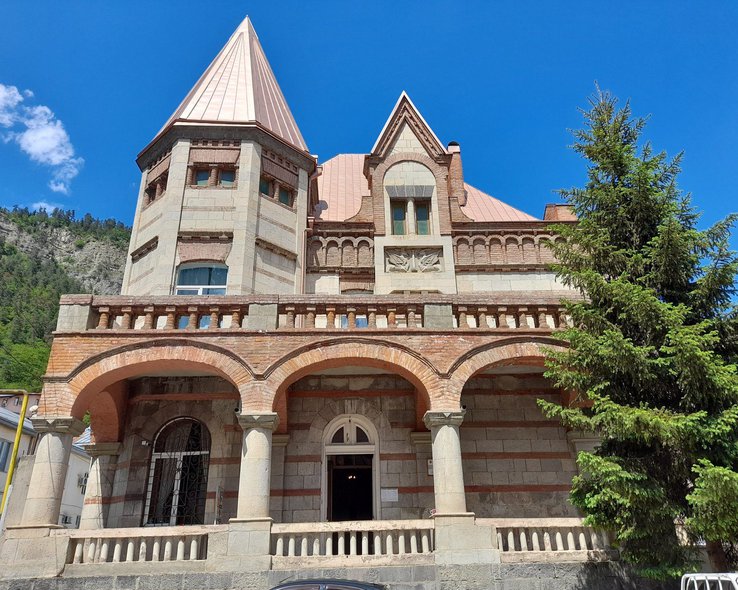
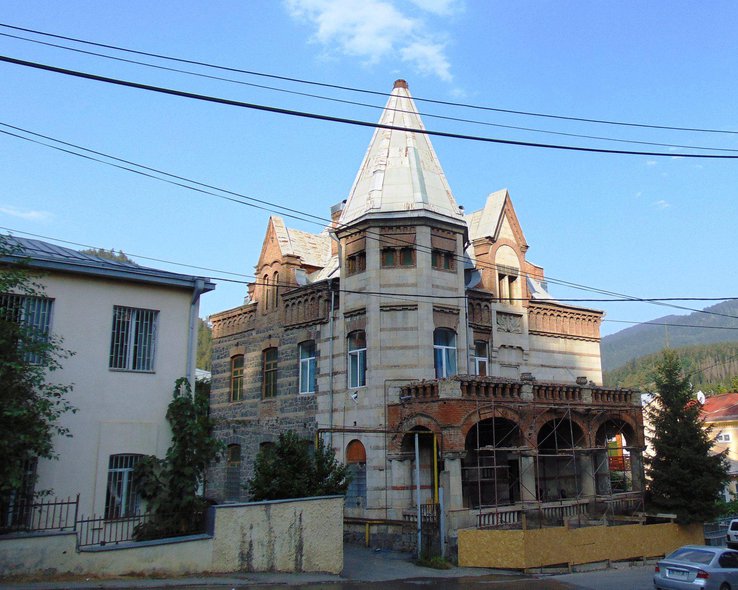
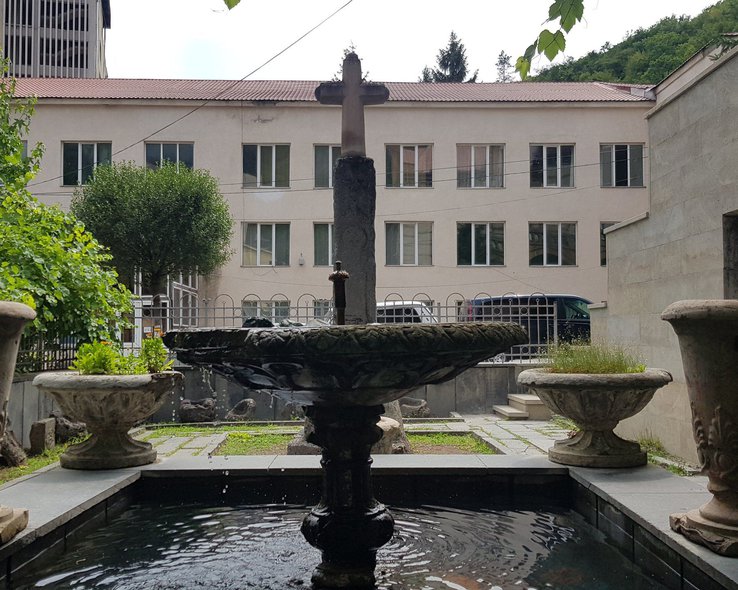
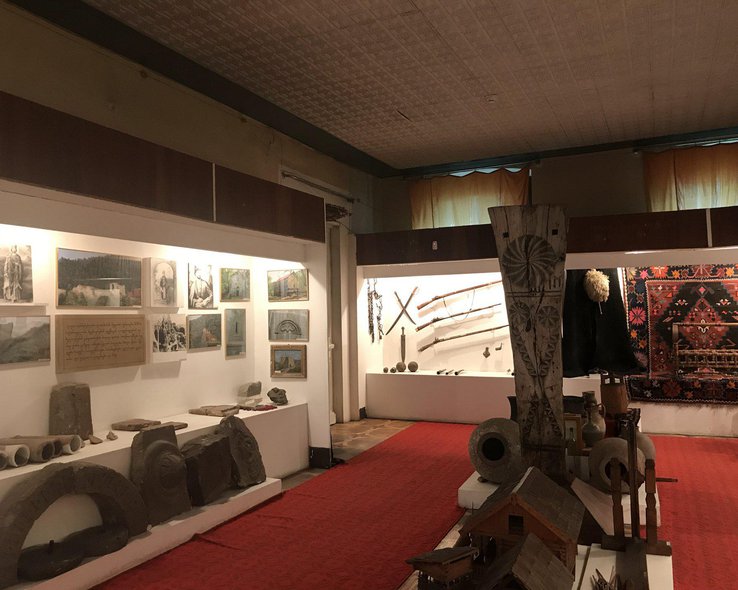
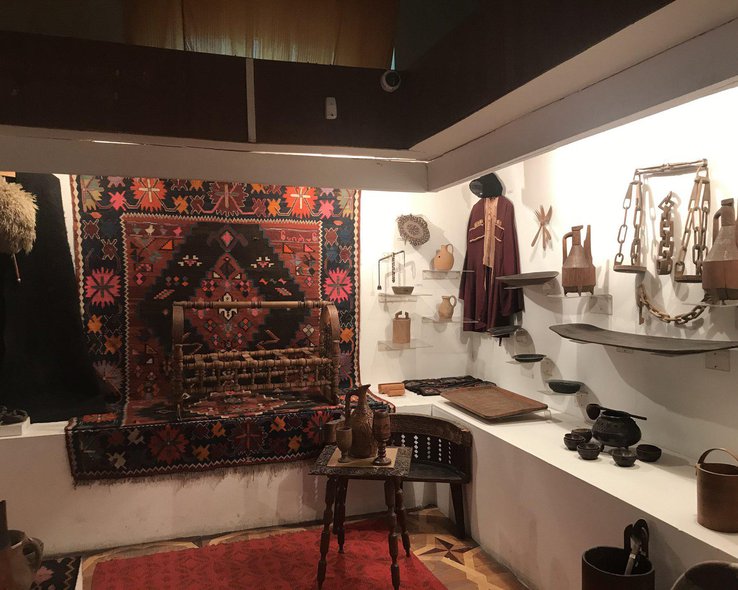
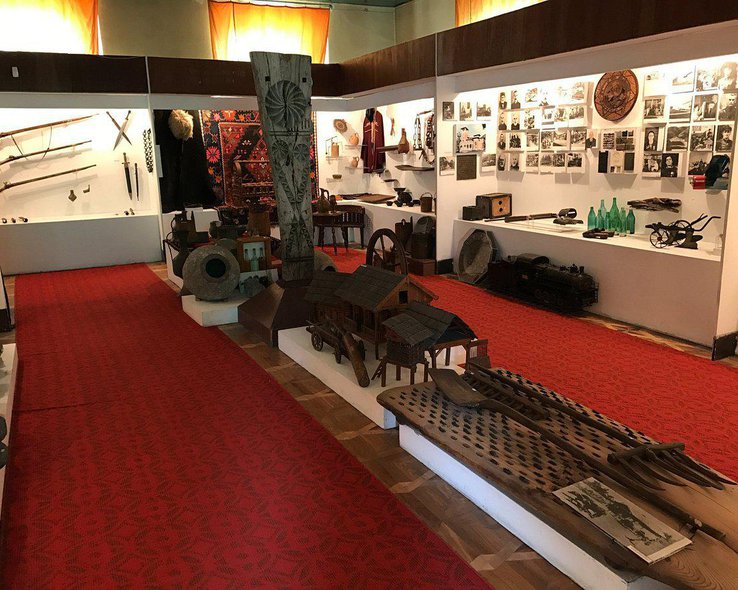
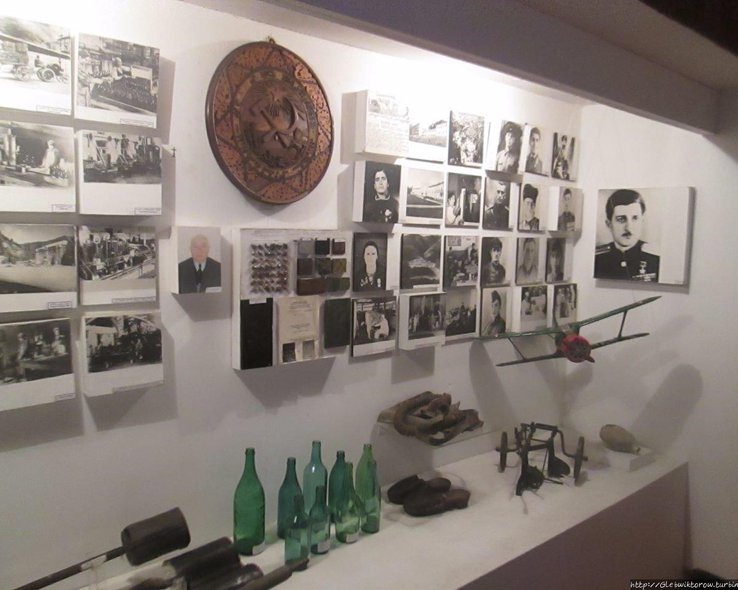
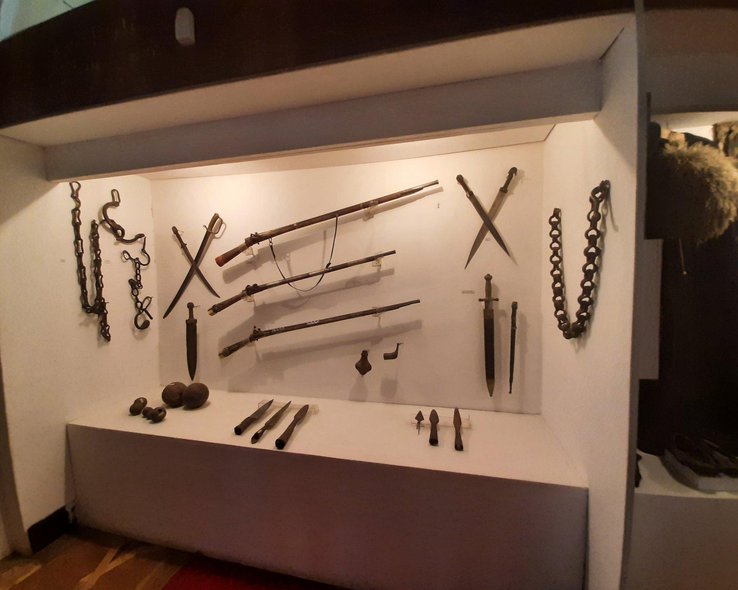
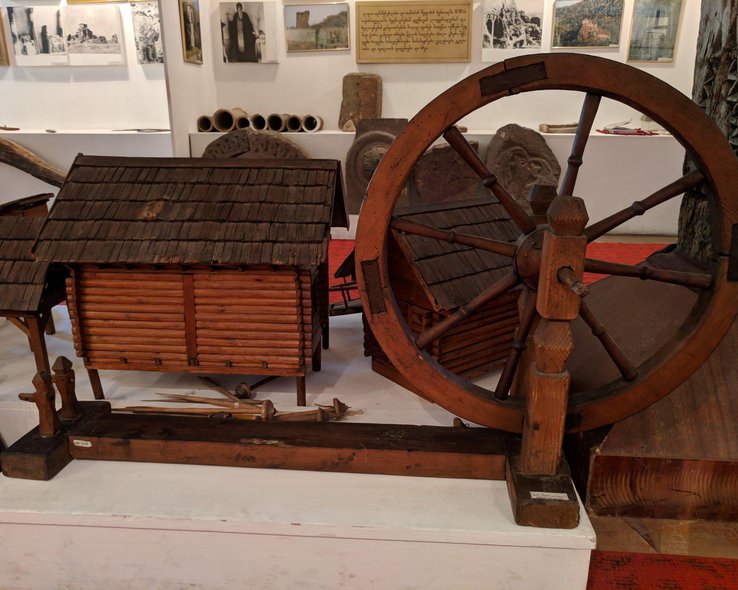
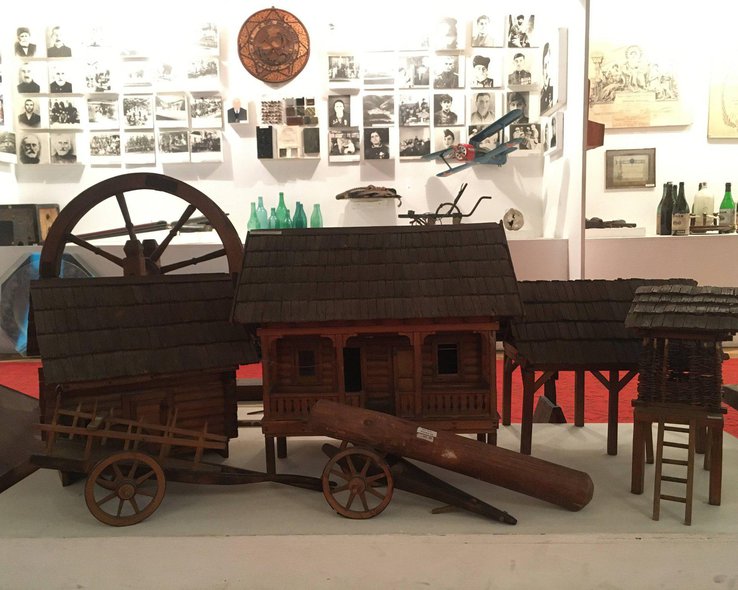
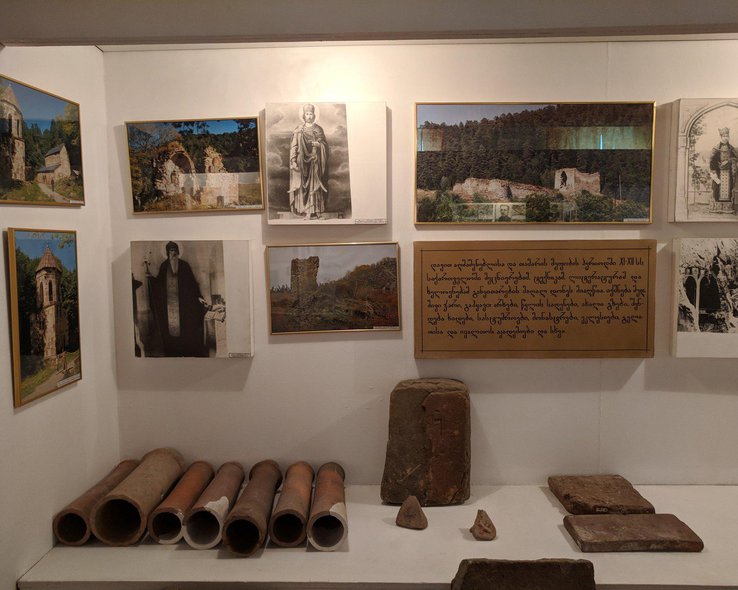
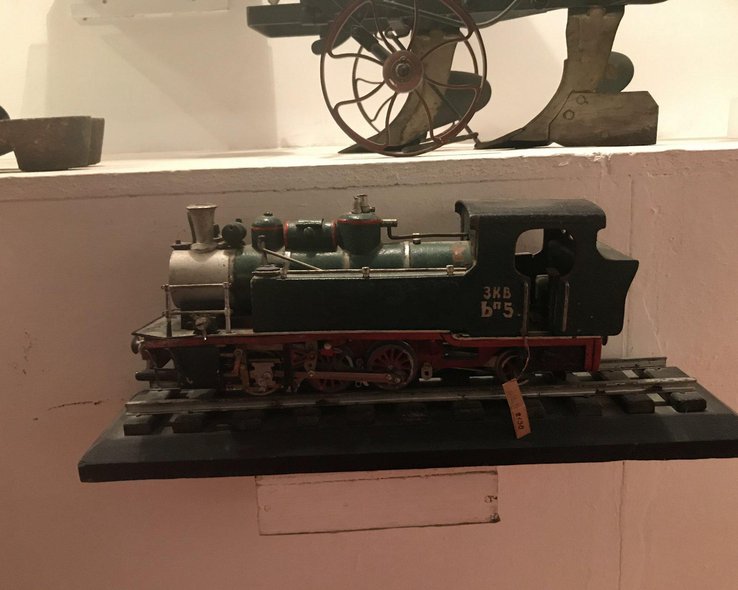

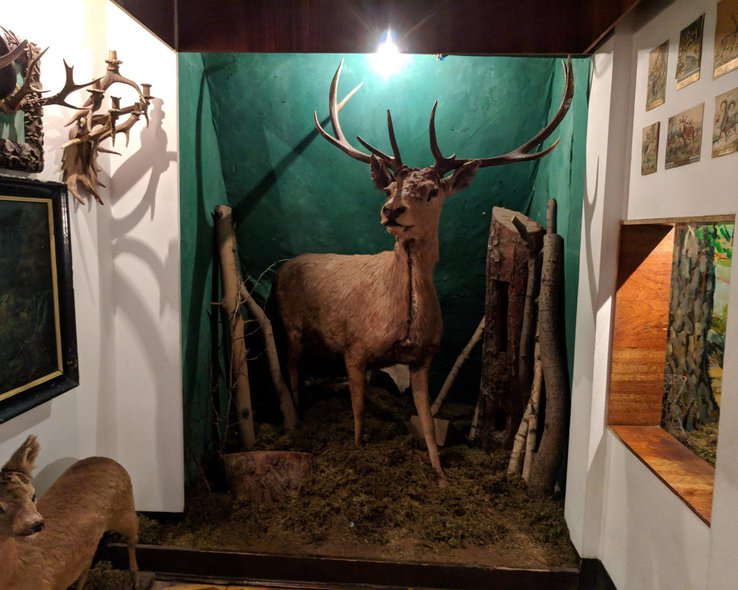
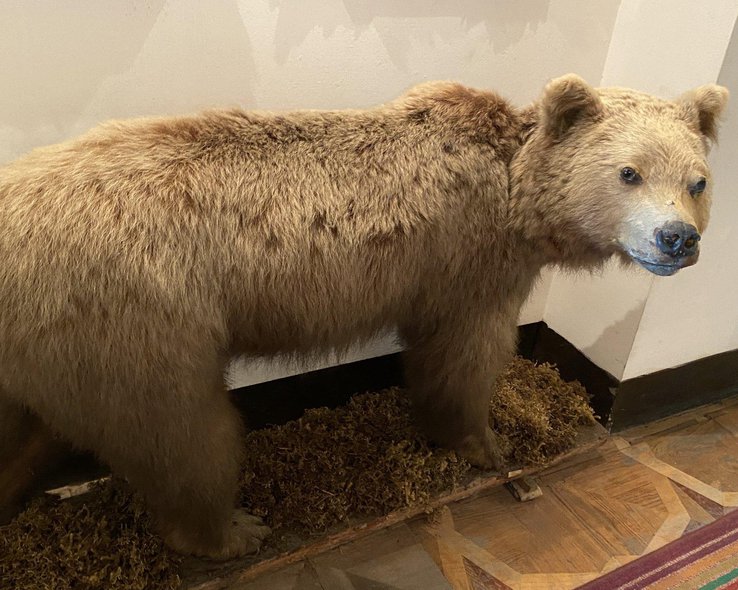
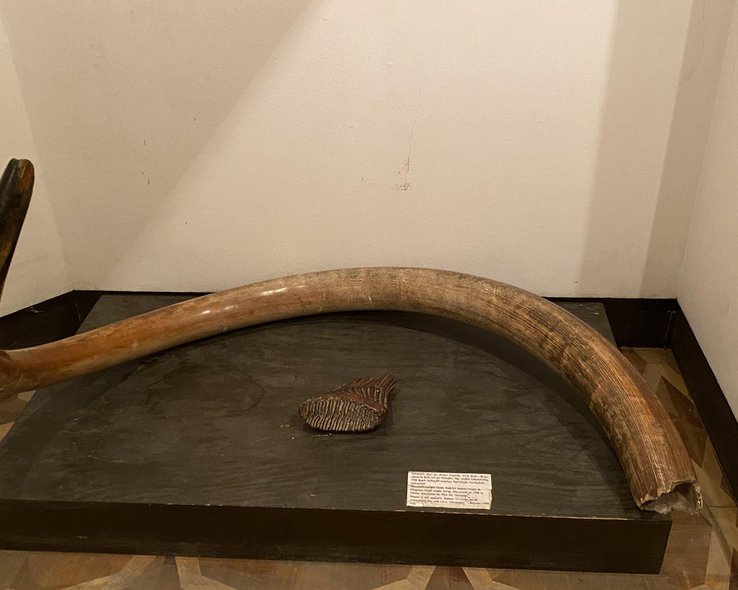

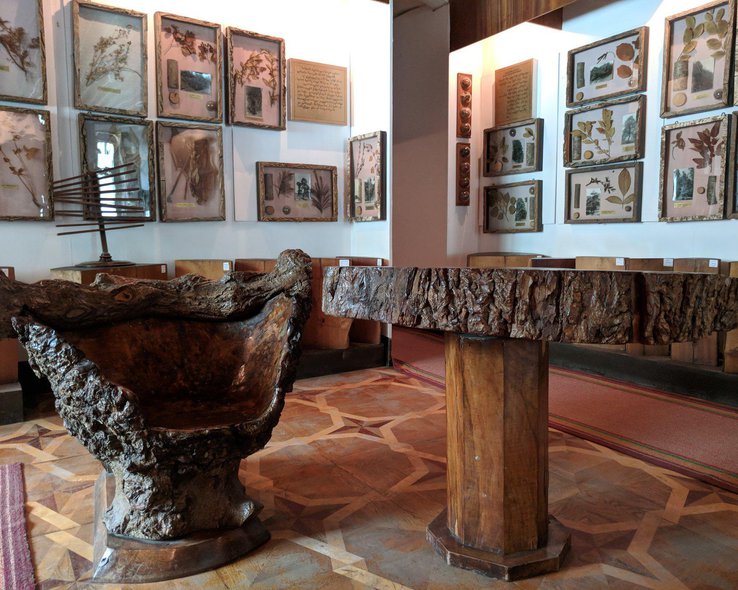
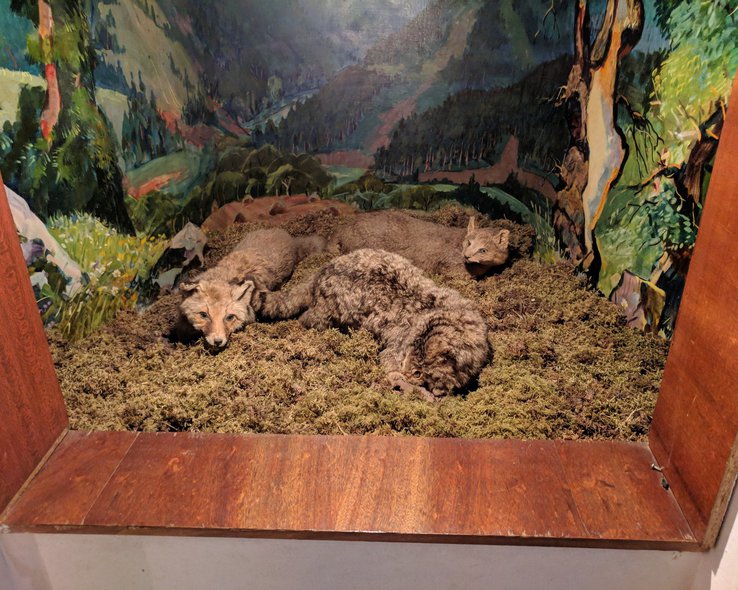
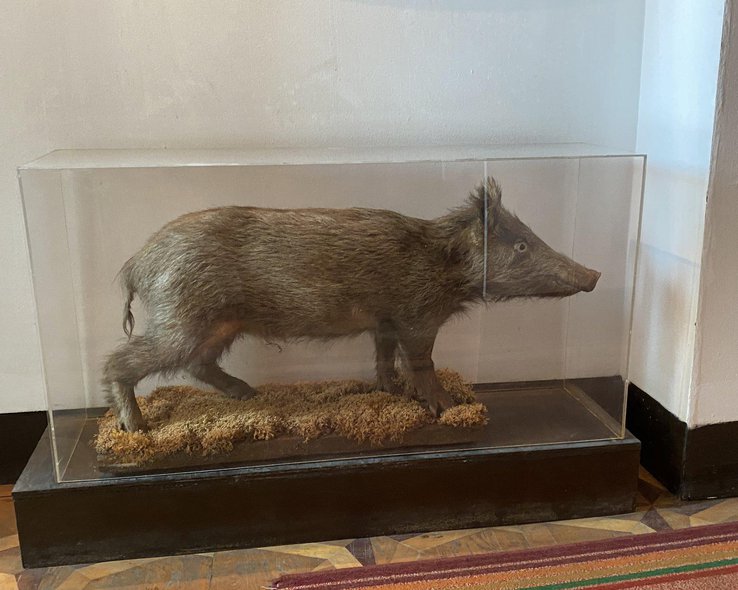



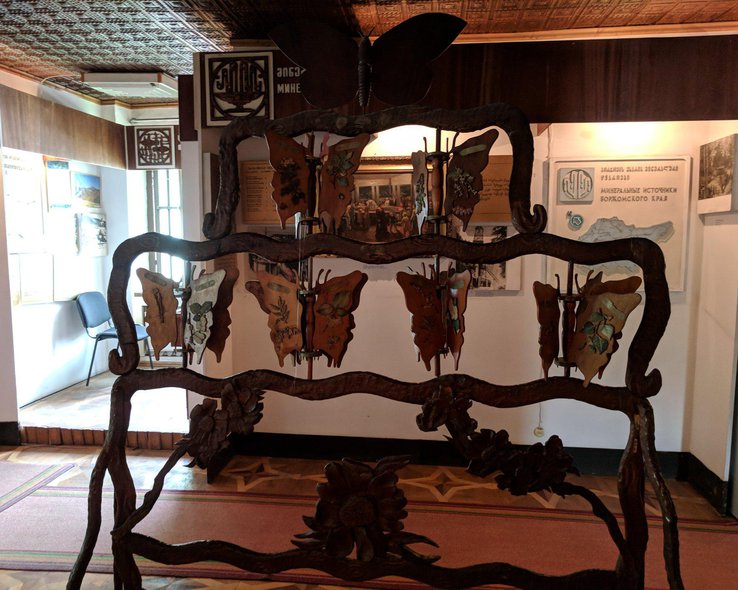
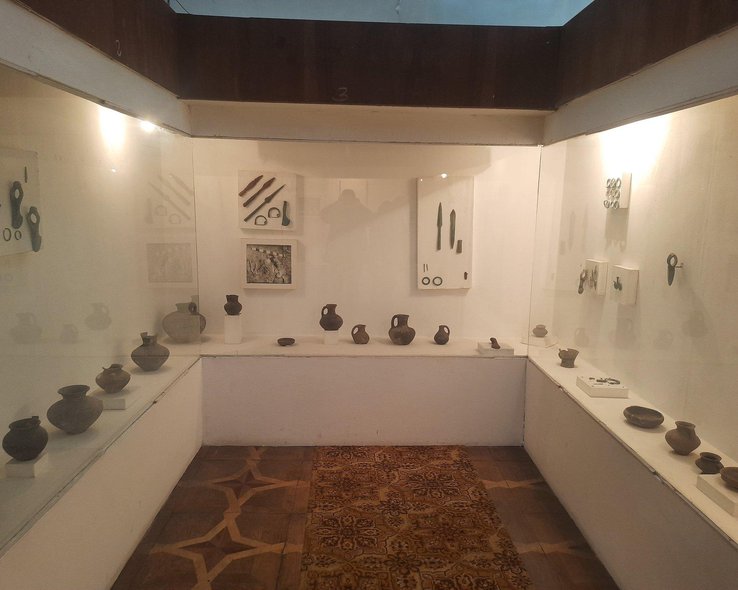
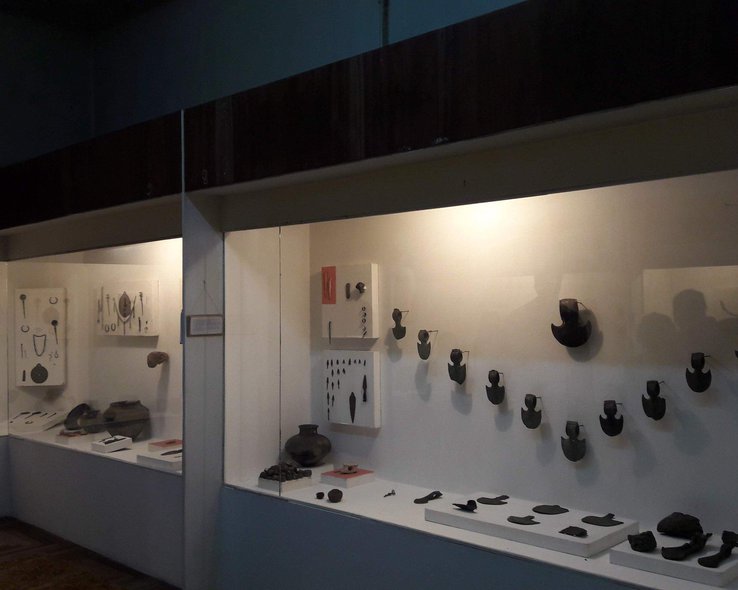

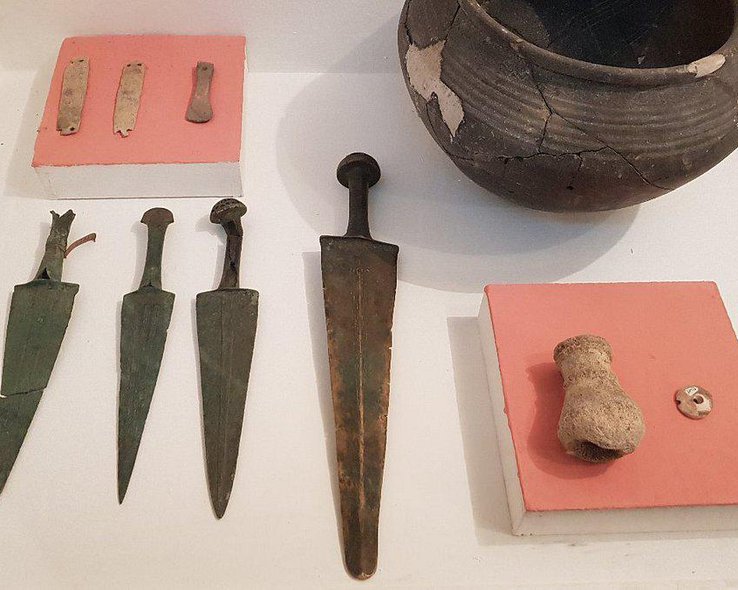
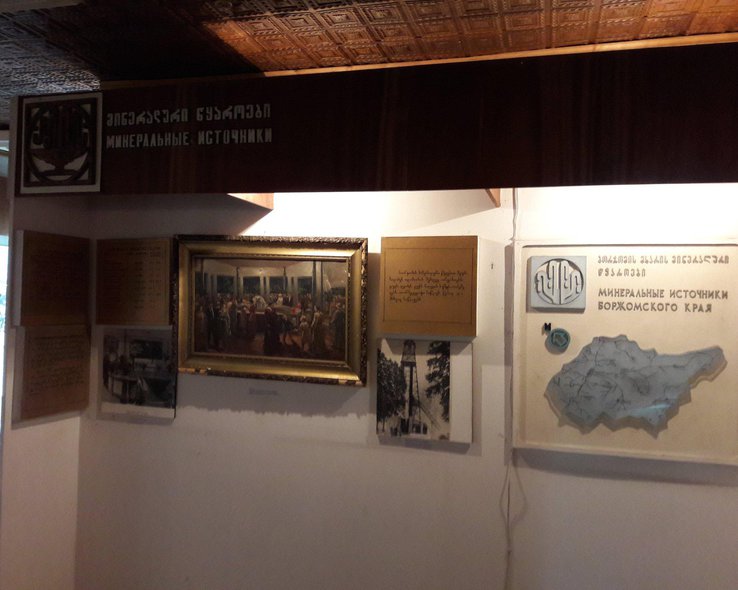

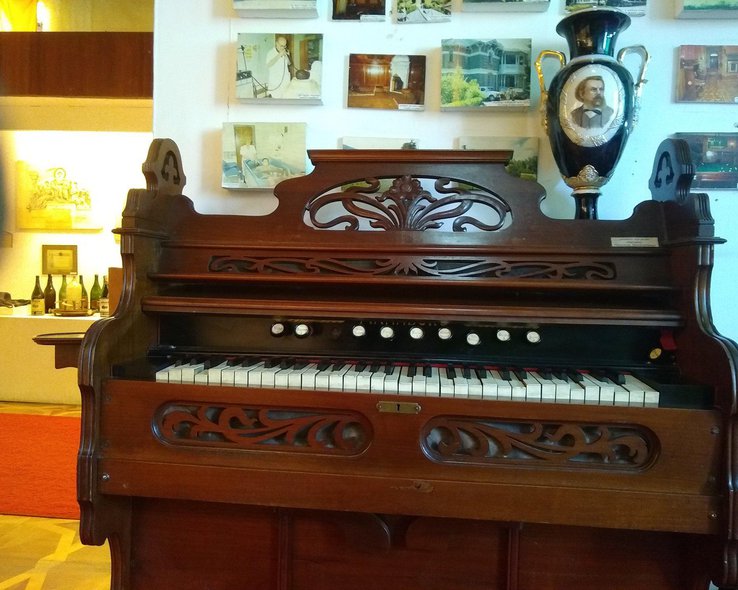
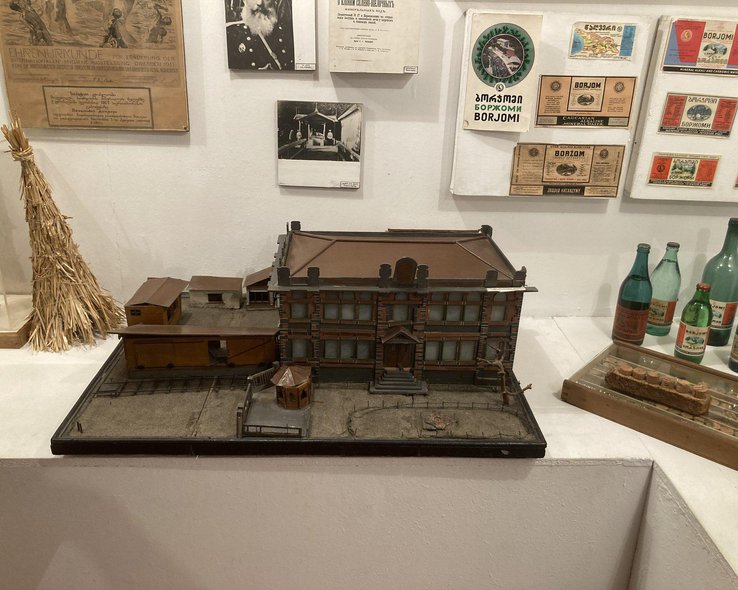
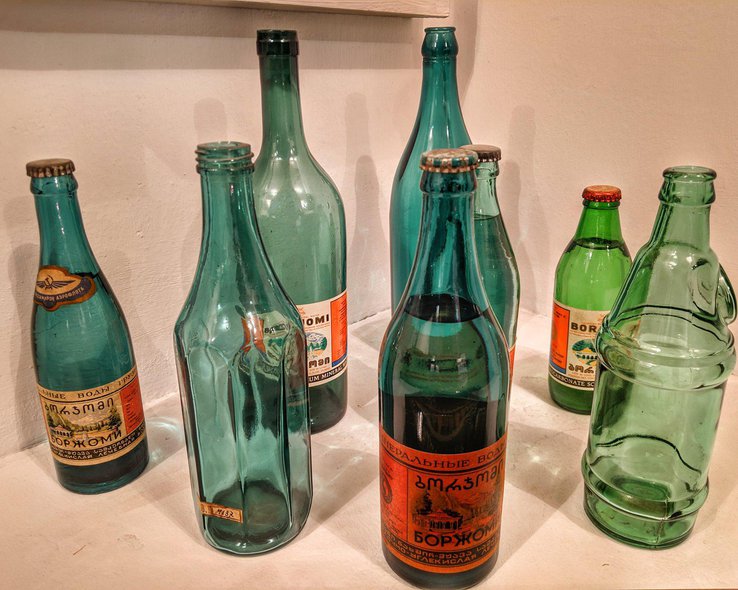
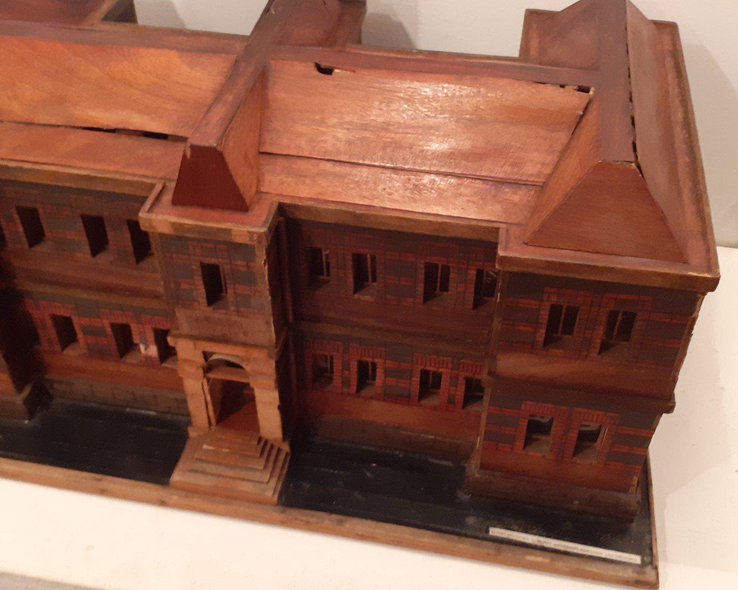


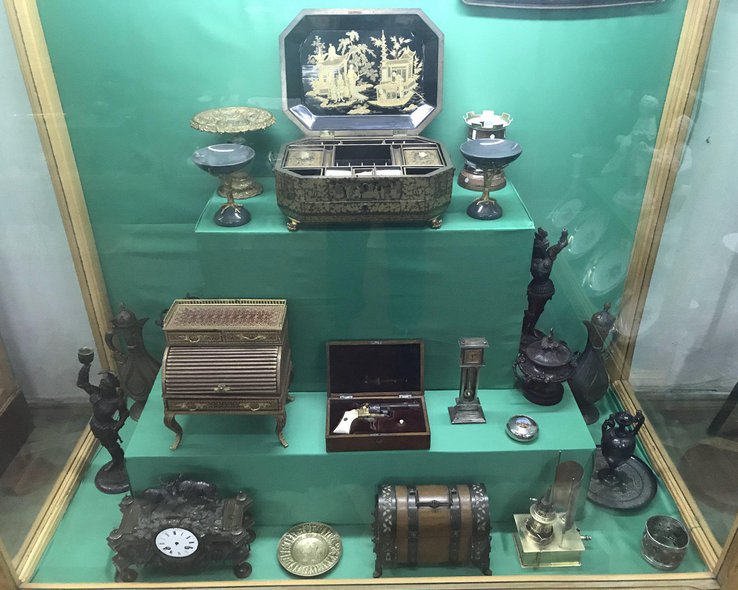

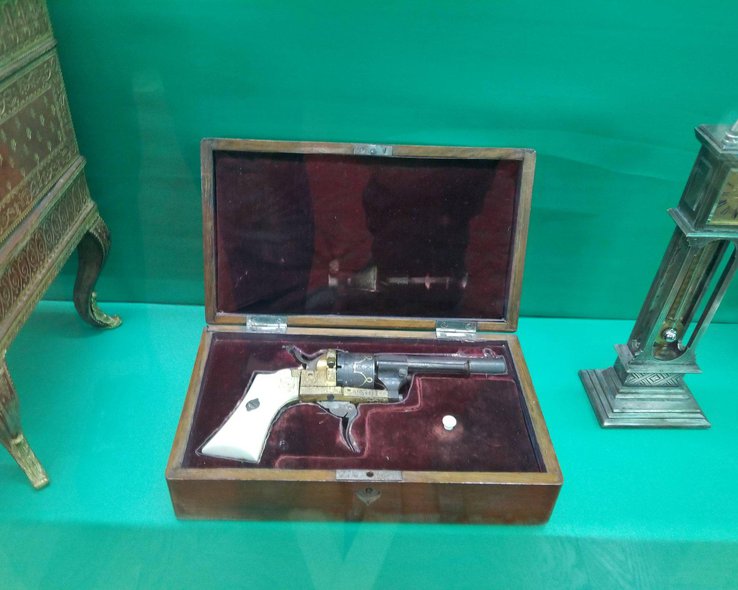


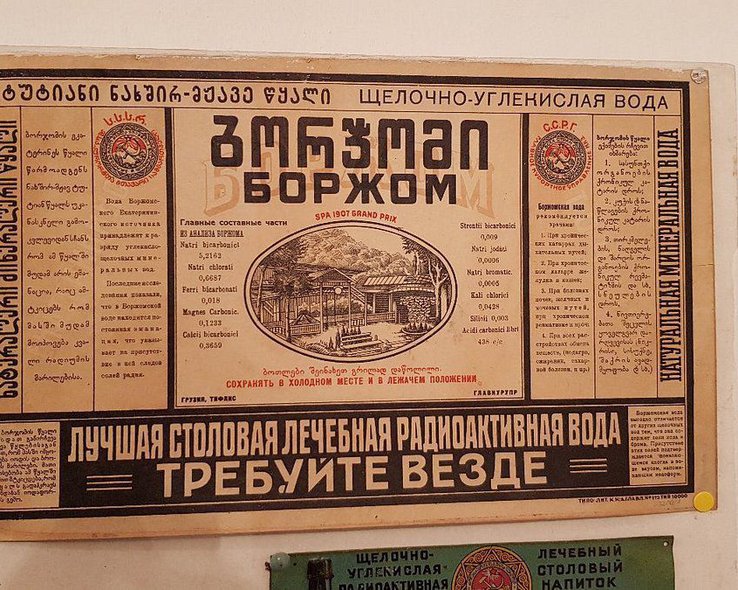



35 comments
Log in to leave a comment
Хотела бы побывать в этом музее, проникнуться духом того времени, так сказать.
Спасибо отдельное, что в таких постах выкладываете много фотографий. Я посмотрела и как будто немного окунулась в эту атмосферу, хотя в музее не побывала.